Can You Eat Acorns? Here’s The Best Method
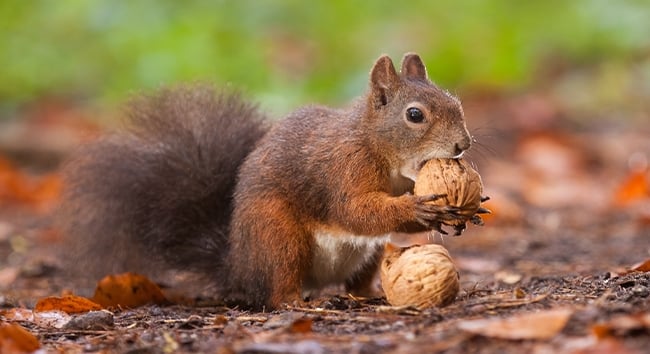
Plenty of acorns, black walnuts, and hickory nuts fall on yards everywhere in autumn, but instead of getting frustrated by having to clean up after Mother Nature, why not think of the debris as free and delicious food? Can you eat acorns? Heck ya, you can. Wild nuts are gluten-free, nutrient-dense, and just waiting for you to bring them to your kitchen counter. Why should squirrels get all the plunder?
Gather them in the fall from September through October, depending on where you live. Different nuts have different indications of ripeness, though, so be sure to do your homework. Avoid the ones with cracks or holes because they may contain insects or mold.
Once you’ve collected the nuts, put them in a pail of water and keep only the ones that sink. Nuts that float haven’t matured. Lay them out to dry in the sun or in an oven or food dehydrator set to low. They’ll be easier to shell when they are dry.
Nuts Are Tough to Crack
The expression “It’s a tough nut to crack” has a lot of truth to it, and traditional nutcrackers may be insufficient when it comes to opening up the nuts. Instead, use a hammer, vice, or rock. If those don’t work, try dropping a cinder block on the nuts or driving over them with a car. (No kidding!)
There are also machines that make this job easier, but you may want to make sure you’ve, ahem, gone nuts over these wild nuts before investing. Once you’ve succeeded in cracking the nuts, remove the skins, pick out the nut meat, and chop or grind it. Then it’s time to leach them.
Leaching Is Mandatory
Can you eat acorns? Yes, but wild nuts contain toxic tannins that must be leached out. Leaching simply means soaking them in water. Put the shelled nuts in a large pot of cold water. The water will darken as the tannins leach out. Keep changing the water out until it no longer turns dark. The ultimate test to see whether or not you need to continue leaching is to taste the nuts for bitterness. If the nuts are still bitter, continue leaching.
Once leached, the nuts can be strained using a sieve and cheesecloth and then dried in a low-temp oven or food dehydrator. You can keep them in chunks for roasting and snacking, grind them into meal, or grind them further into flour.
Store processed nuts in airtight containers at room temperature in your pantry, or in the freezer, where they’ll keep for up to two years.
Which Wild Nuts Are Best?
Acorns are great to try first. They’re abundant—you may even have some in your own yard—and less labor-intensive to process. Acorns taste similar to chestnuts, but you’ll want to be sure to gather acorns that are full and brown. (Not green, as that means they are not ripe.)
Do you like a challenge? Black walnuts are for you. You must wear gloves when handling them because they contain an ingredient once used for dyeing and staining, which easily discolors hands and clothing. These black walnuts aren’t the same as the English walnuts we commonly purchase in grocery stores, though.
For some, this variety can be off-putting because of its strong, bitter flavor. But for many who grew up in the Midwest (where they are abundant), they taste like childhood.
Gather black walnuts when the outer husk softens but is still green. If you can make an impression in the husk with your finger, the nut is mature. Black walnut husks must be removed before the nuts can be shelled. Do this outside (because the staining compound will still be present), and stomp on them in boots you don’t care about. Also, take care to throw away the husks in the garbage, not the compost pile, because they’re toxic to many plants. Then, simply pick out the nuts and wash them.
Other nuts to consider include butternuts/white walnuts (mild and buttery), hazelnuts (toasty and slightly sweet), and hickory nuts (similar to pecans).
Once you’ve gotten the hang of it, you may find yourself wanting to show off by inviting guests over and serving acorn coffee with black walnut bread. Here are the recipes to get you started:
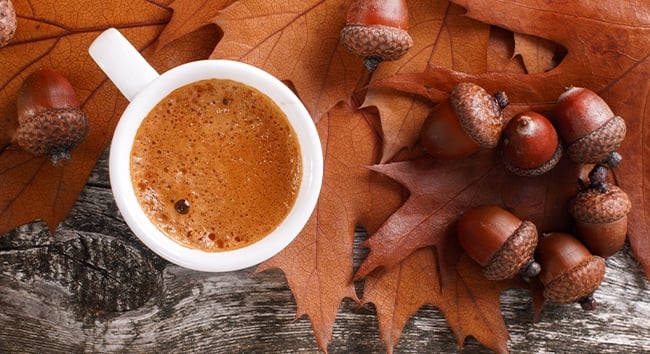
How To make Acorn Coffee
Acorn coffee is caffeine-free, easy to make, and nutritious. Just roast the acorns until they are dark brown. But watch them closely so they don’t burn. Use a coffee grinder or food processor to grind the acorns, just as you would coffee beans. The finer the grind, the stronger the acorn coffee.
To make the coffee, put several tablespoons of ground acorns into a mug. Add hot water, allow it to steep, and enjoy!
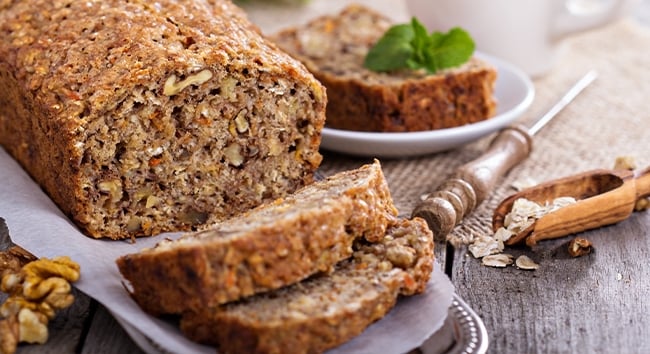
Black Walnut Bread Recipe
Ingredients:
1 cup sugar
8 oz. Greek yogurt (drain off any excess liquid)
1 egg
1 tsp maple syrup (at room temperature)
1 ¾ cups all-purpose flour or 1 1/3 cups almond flour for gluten-free
1 tsp baking powder
½ tsp baking soda
¼ tsp. salt
1 cup chopped or broken black walnuts
Directions:
- Preheat oven to 325 degrees. Grease and flour a loaf pan and set aside. In a large bowl, mix sugar, Greek yogurt, egg, and maple syrup until combined. In separate bowl, stir together flour, baking powder, baking soda, and salt.
- Combine wet and dry ingredients. Fold in black walnuts. Pour into prepared pan and bake for at least 60 minutes or until inserted toothpick comes out clean. Cool for at least 5 minutes and then remove from pan, place on rack, and allow to cool completely.
- Serve with butter and a splash of maple syrup or a spoonful of your favorite jam.
Keep Learning
How To Roast Chestnuts At Home
Health Benefits of Brazil Nuts
Join The Discussion!
Have you ever wondered, “Can you eat acorns?”
Have you ever foraged for wild nuts before?
What is your favorite kind of wild nut?

Jean Grigsby
Jean Grigsby is a writer, who lives on the banks of the Kennebec River in Chelsea, Maine. She enjoys working out, reading, and running her marketing and public relations business, The Write Approach. Her article, Where Are All The Birds? appears in the 2021 Farmers' Almanac.


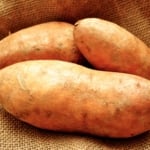
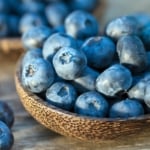
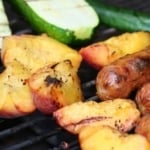
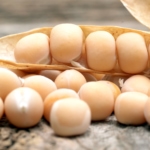





Anyone have a successful easy way to crack black walnuts.,..
Hoping you can help a beginner here — I gathered acorn soon after dropping and left them on a pan in the sun by a window for weeks. All of them looked perfect. No holes, no mold and all sinking when washed. As I’m now opening the acorns every single one is dark brown and rock hard but other than that, they look fine… I was expecting somthing more like a hazelnut in texture an colour. I don’t know if I can use them or not?
While we dont’ like to offer too much advice without seeing the process ourselves, if you soaked (and changed out the water as it got dark, several times until it stayed clear, and then dried out in a dehydrator or low oven – they should be fine if they are not overly bitter tasting. They are “tough nuts” so many uses involve grinding them. We hope this helps!
Oh my gosh, so many memories. When I was a girl, my whole family would go for Sunday drives in the fall to pick up nuts. Yes, we usually got black walnut and hickory nuts. We would come home with boxes of them and used them all winter. To this day, black walnuts have a flavor I still prefer over English walnuts.
Black walnuts are great! Chocolate chip cookies don’t taste the same without them. This year our black walnut tree has NO walnuts on it. I will need to search for a tree. Hickory nuts are good too; never tried acorns.
Alot of people forget about Hackberries. Another one of natures treats
I don’t know of Hackberries? Please describe / tell me about them?